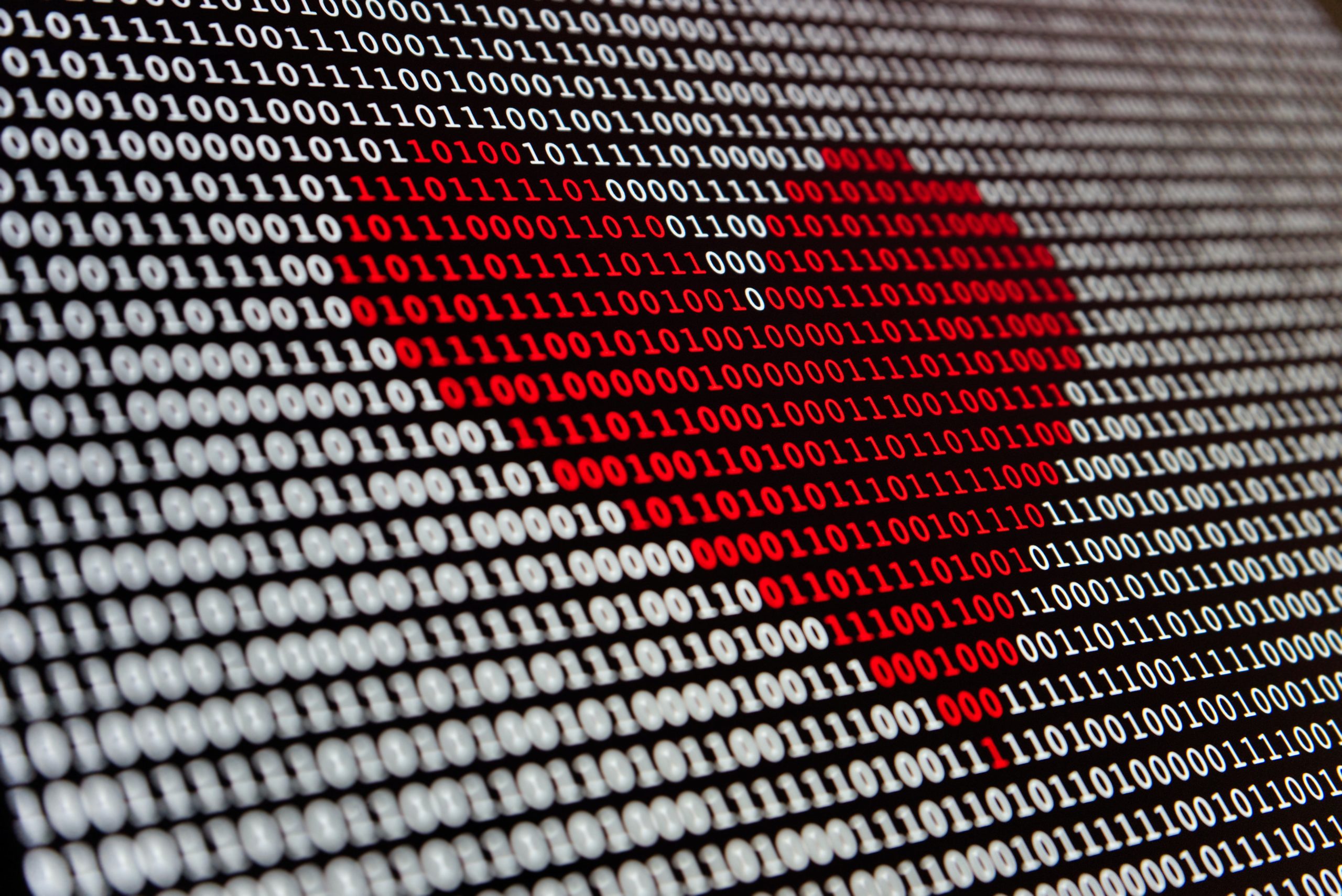EdSurge, November 10, 2022, Mordecai I. Brownlee
More than two years ago, educators around the country began to engage in dialogue regarding the digital divide, as they recognized the reality that many students did not have access and connectivity as once believed. A term originally applied to describe the technology-access split between those living in urban spaces as opposed to rural communities, more recently it’s been used to highlight that only two-thirds of the world’s population has access to the internet, according to the United Nations, and an estimated 42 million Americans do not have broadband access, according to a BroadbandNow research study published in 2021.
So a new concept has emerged: “digital equity.” It’s an important idea, and one to which educators and education institutions should pay close attention.
According to the National Digital Inclusion Alliance, digital equity is a “condition in which all individuals and communities have the information technology capacity needed for full participation in our society, democracy, and economy.” This definition points to opportunities to take action. The phrase “information technology” represents access, or a lack thereof, to digital infrastructure. The word “capacity” highlights that digital skills and digital literacy are necessary for people to fully use technology. Failing to possess such skills prohibits people from “full participation in our society, democracy, and economy.”







